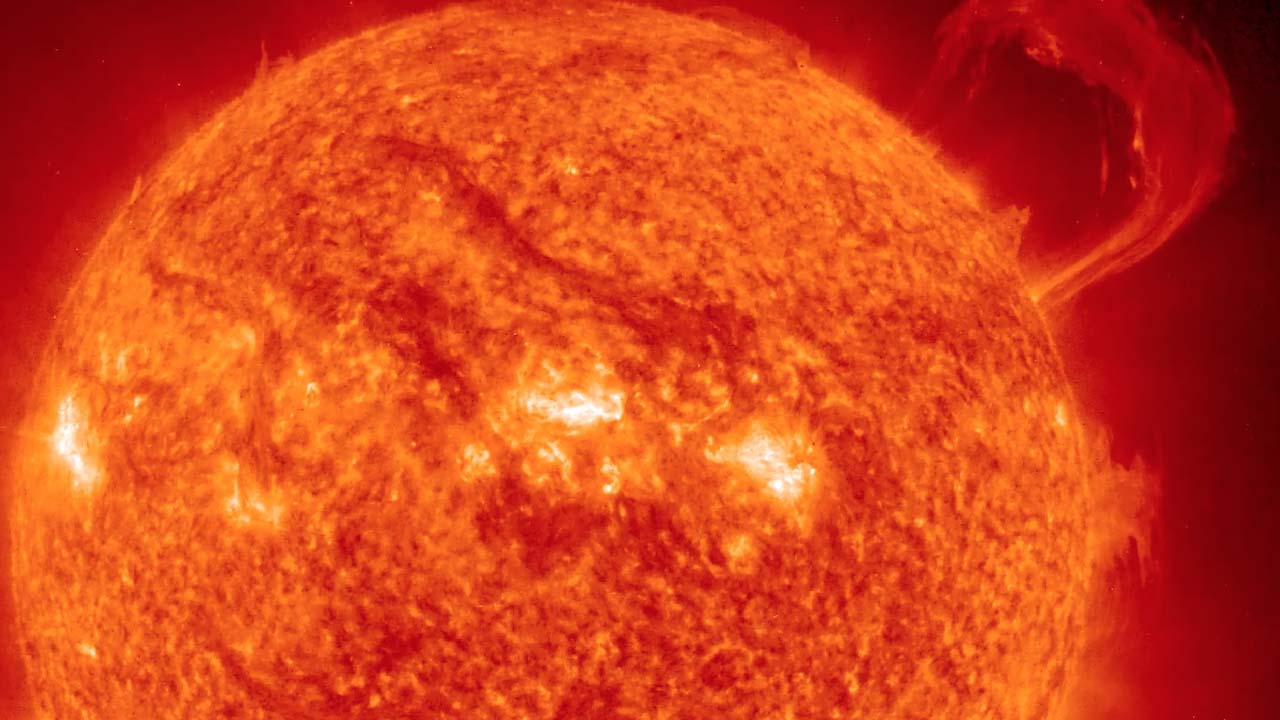20 Years In Space

The sun-observing SOHO spacecraft celebrates two decades of space-based science.
After 20 years in space, the European Space Agency and NASA’s Solar and Heliospheric Observatory, or SOHO, is still going strong. Originally launched in 1995 to study the sun and its influence out to the very edges of the solar system, SOHO revolutionized this field of science, known as heliophysics. Twenty years ago, the field of heliophysics looked very different than it does today. Questions about the interior of the sun, the origin of the constant outflow of material from the sun known as the solar wind, and the mysterious heating of the solar atmosphere were still unanswered. Now, not only do we have a much better idea about what powers the sun, but our entire understanding of how the sun behaves has changed. Watch the video to learn more.
Learn more about the SOHO mission and its exploration of the sun in this video.

SOHO provided the first constant view of the sun, allowing scientists to perform detailed studies of its surface and solar atmosphere.

Scientists have used SOHO to monitor dark areas on the sun called sunspots, which are often sources of solar eruptions.

A camera aboard SOHO uses a solid disk to block out the bright face of the sun in order to see changes in the sun's extended atmosphere.
For More Information
See NASA.gov
Credits
Please give credit for this item to:
NASA's Goddard Space Flight Center
-
Writer
- Sarah Frazier (ADNET Systems, Inc.)
-
Scientists
- Joe Gurman (NASA/GSFC)
- Bernhard Fleck (ESA)
-
Producers
- Scott Wiessinger (USRA)
- Genna Duberstein (USRA)
Release date
This page was originally published on Thursday, December 3, 2015.
This page was last updated on Wednesday, May 3, 2023 at 1:49 PM EDT.
